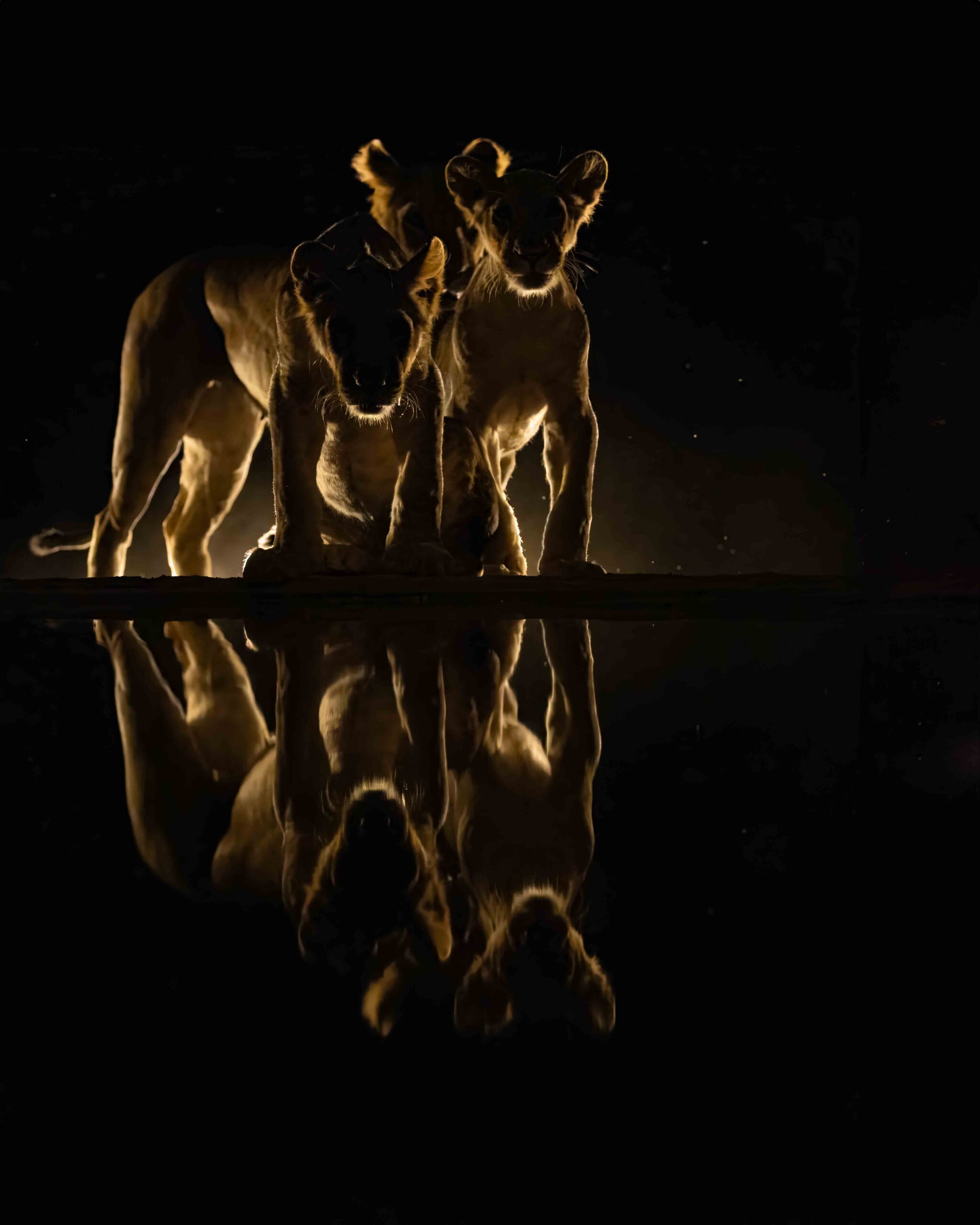Parag Bhatt is an award winning wildlife photographer based out of Mumbai. Since his childhood he has been fascinated with wildlife. His tryst with the camera happened when one day as a young boy, he picked up his father’s camera and started shooting. Over the years he has evolved as a photographer and has been creating visual stories through still images.
Parag Bhatt has won an honourable mention in the ReFocus B&W Awards and his photographs have been published in UK dailies like Daily Star, Daily Mail & Daily Express. He also won a Runner Up prize for his photo on The Tortoise Family shot in Kaziranga National Park as part of Assam Wildlife Tourism promotion. Moreover, he has been featured in leading photography magazines such as Smart Photography magazine and was 1 of the 20 wildlife photographers selected amongst about 3000+ for the first series of Times Passion Trail. A series of tiger fight images, ‘Mother-Daughter Duel’ from Ranthambhore National Park have been featured in UK Dailies viz. Daily Star, Daily Express & Daily Mail in their print & online editions. He has also been invited by several universities and colleges as a guest speaker on the art of wildlife photography.
Parag Bhatt is a self-taught photographer and continues to learn every time he goes out in the field. “Throughout my journey I have also received several mentions and awards for my work which have only helped me become better and confident as a photographer. I have travelled across the globe to capture my shots and each trip into the wild has been a memorable one with lessons, challenges, enriching experiences and some mesmerizing shots of the wild in its natural habitat.”
Overcoming challenges in wildlife photography requires a combination of patience, skill, and adaptability. Here are a few strategies that he uses.
● Understanding Animal Behaviour: Understanding the habits and routines can help you anticipate their movements and capture more compelling images. For example, recently in Amboseli, Kenya, I shot the largest tusker by lying down in front of him at 10 feet. This involves knowing the behaviour and temperament of this animal.
● Patience & Persistence: For the perfect moment, one must be prepared to spend long periods in the wilds
● Research & Preparation: It is best to do research on the best season to shoot a particular animal, including the best times of the day for wildlife sightings and the specific species I hope to photograph
“There is a lot of work to be done after I come back from a shoot. The images need to be shortlisted and processed which takes up a lot of my time. My mornings are devoted to fitness which is an integral part of me. I have been on this journey for 34 years now and take it very seriously. I enjoy working out in the gym and devote two hours, five days a week to fitness since I also feel it is a requisite for a wildlife photographer. Whatever time is left, I spend reading and with my family. I strongly believe that in any art form, learning never stops.”
Read the full story that first appeared in Global Indian here:


